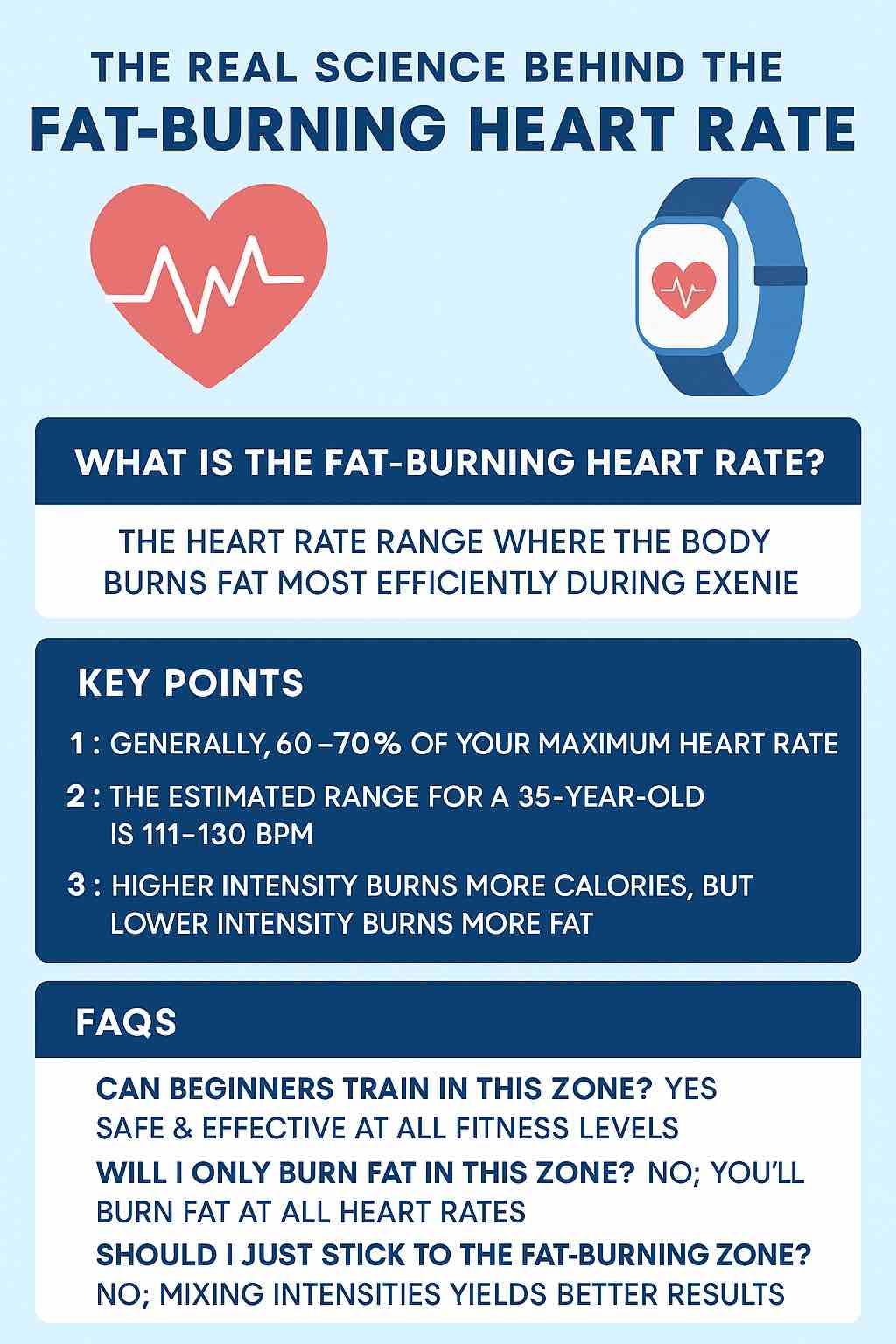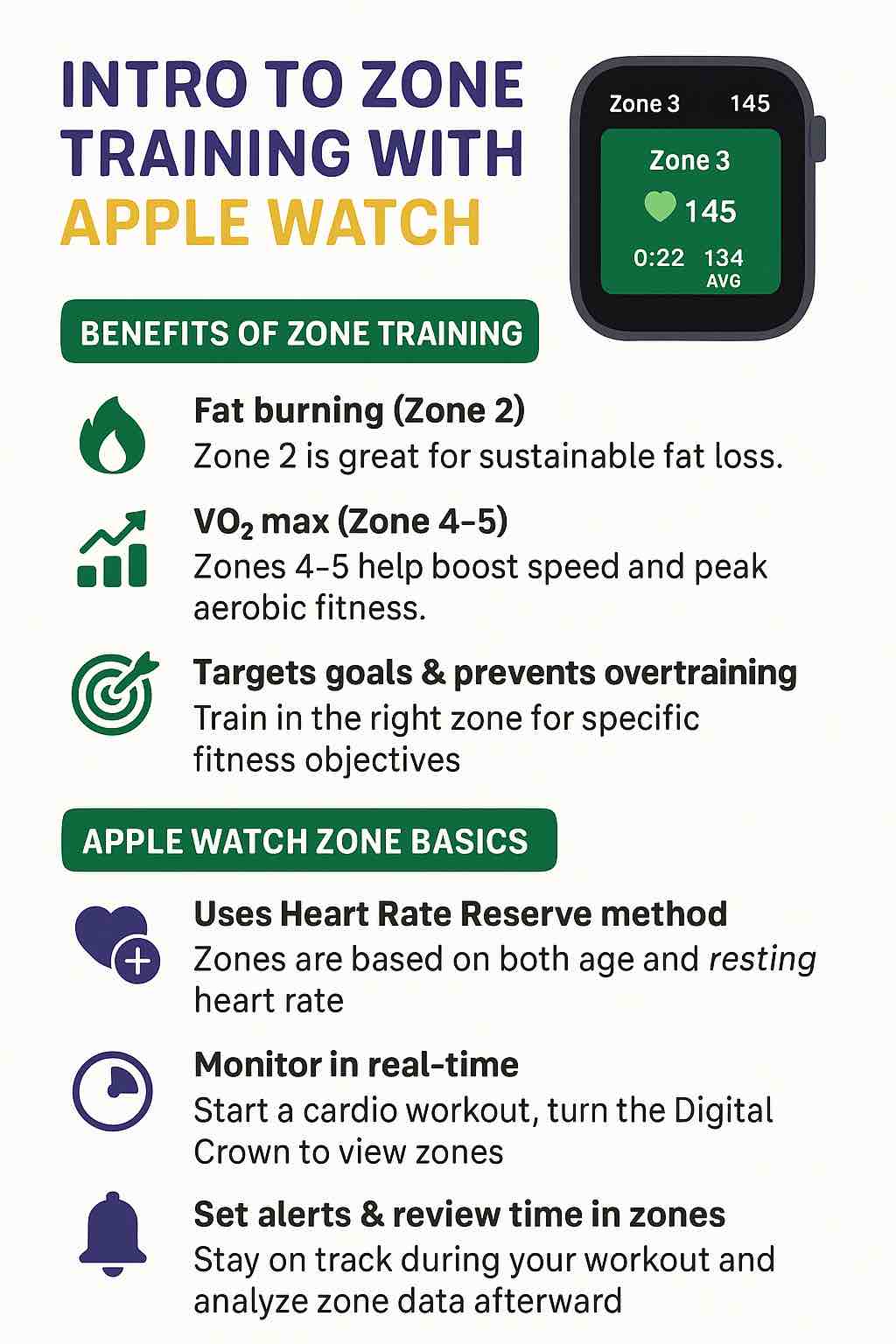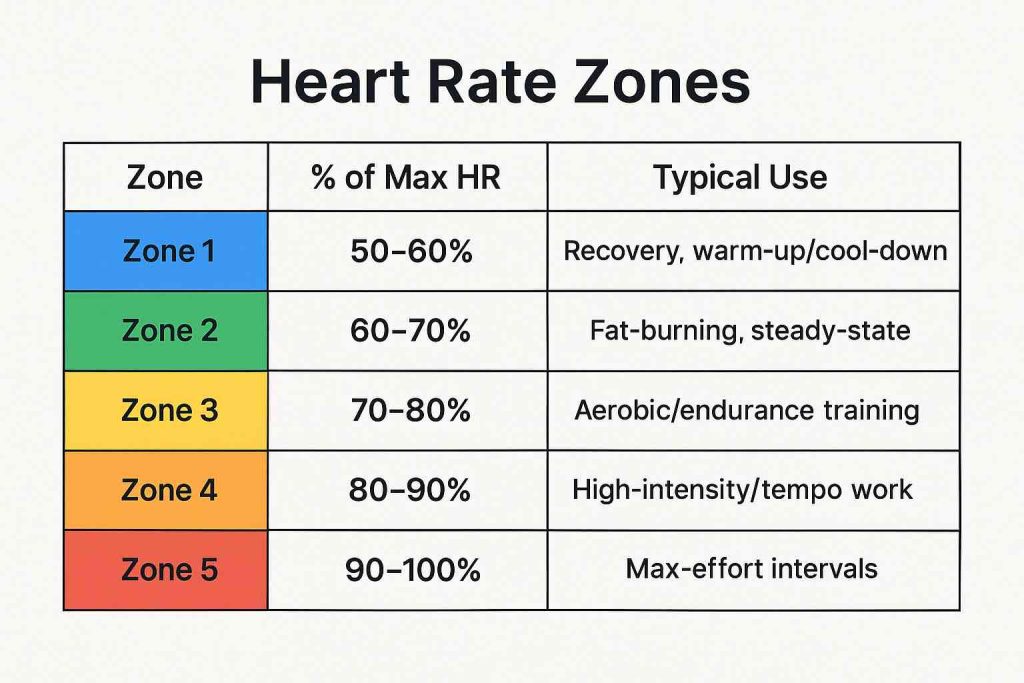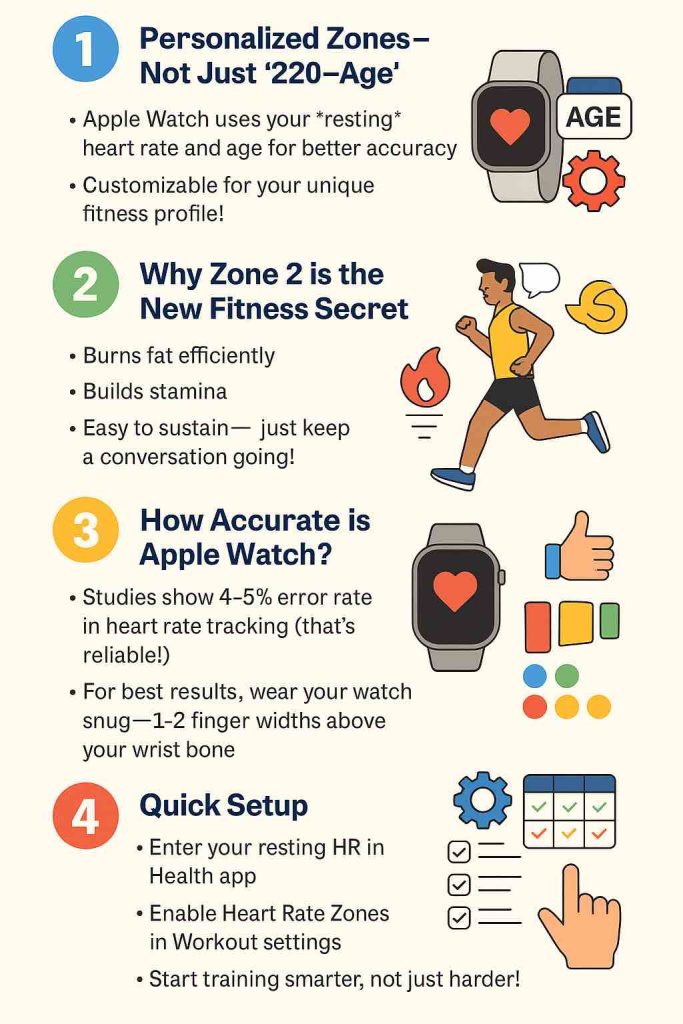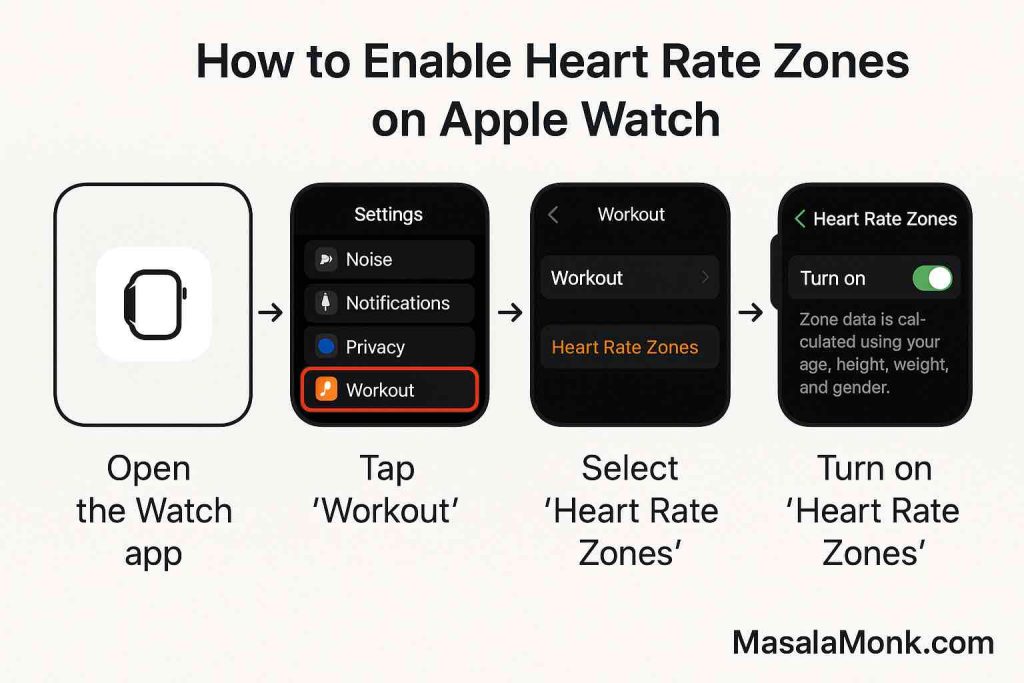
Introduction:
The journey to fitness doesn’t necessarily require a gym membership. With the right equipment at home, you can achieve your fitness goals with flexibility and convenience. This guide dives deep into the essential equipment you need to set up a versatile home gym, catering to both beginners and seasoned athletes.
The Evolution of Home Fitness: Why It’s More Relevant Than Ever
With the rise of remote work and the need for social distancing, home fitness has seen a significant surge in popularity. Here’s why:
- Convenience: No more commuting to the gym or adjusting to its operational hours. Your home gym is open 24/7.
- Customization: Tailor your gym based on your preferences, space, and budget.
- Privacy: Work out without the self-consciousness that sometimes comes in a public gym setting.
- Cost-Effective: While there’s an initial investment, over time, a home gym can be more economical than a recurring gym membership.
1. Cardio Essentials: Get Your Heart Racing
Cardiovascular exercise, commonly referred to as cardio, is the foundation of many fitness routines. It’s essential for improving heart health, increasing lung capacity, and burning calories. Whether you’re a seasoned runner or someone who prefers low-impact activities, there’s a cardio solution for everyone. Here’s a deep dive into the must-have equipment to get your heart pumping:
Treadmills:
- Overview: The quintessential cardio machine, treadmills allow you to walk, jog, or run indoors regardless of the weather outside.
- Benefits: Customizable speed and incline settings, heart rate monitoring, and built-in workout programs.
- Space-Saving Options: For those with limited space, folding treadmills or walking pad treadmills are excellent alternatives.
Spin Bikes:
- Overview: Simulate the outdoor cycling experience in the comfort of your home.
- Benefits: Adjustable resistance, real-time tracking of speed, distance, and calories burned, and a low-impact workout that’s easy on the joints.
- Interactive Spin Bikes: Some modern spin bikes come with screens that offer virtual classes, making the experience more engaging.
Ellipticals:
- Overview: A cross between stair climbing and running, ellipticals provide a full-body workout.
- Benefits: Low-impact, targets both upper and lower body, and comes with various resistance levels.
- Hybrid Options: Some ellipticals come with a seat, allowing them to double as a stationary bike.
Rowing Machines:
- Overview: Mimic the action of rowing a boat, providing a comprehensive workout that targets multiple muscle groups.
- Benefits: Strengthens the back, legs, and arms, offers cardiovascular benefits, and is suitable for all fitness levels.
- Types: Depending on your preference, you can opt for air, magnetic, water, or hydraulic rowers.
Jump Ropes:
- Overview: A simple yet effective tool for cardiovascular workouts.
- Benefits: Portable, suitable for HIIT workouts, and helps in improving coordination and agility.
- Varieties: From speed ropes for fast-paced workouts to weighted ropes for added resistance, there’s a jump rope for every need.
Zone 2 Cardio Machines:
- Overview: Devices designed to target the “fat-burning” heart rate zone, optimizing cardiovascular health.
- Benefits: Promotes endurance, aids in weight management, and is suitable for long-duration workouts.
Cardio is a versatile fitness component, with equipment ranging from high-tech machines to simple tools like jump ropes. Depending on your goals, space, and budget, you can curate a cardio routine that keeps you motivated and delivers results. Remember, consistency is key, so find what you love and stick with it!
2. Strength and Resistance: Build, Tone, and Flex
Strength training is more than just lifting weights. It’s about building a stronger, more resilient body. Whether you’re a beginner or an advanced lifter, the right equipment can make all the difference. Here’s a detailed look at the essential strength and resistance tools:
Adjustable Dumbbells:
- Overview: These dumbbells allow you to change the weight according to your needs, making them perfect for home gyms with limited space.
- Benefits: Versatility in weight selection, space-saving, and suitable for a wide range of exercises from bicep curls to shoulder presses.
Kettlebells:
- Overview: A unique weight that offers a different kind of resistance training, focusing on functional strength.
- Benefits: Enhances core strength, flexibility, and offers full-body workouts.
- Adjustable Kettlebell: Some modern kettlebells allow weight adjustment, offering the versatility of multiple kettlebells in one.
Barbells and Adjustable Weights:
- Overview: Long bars used for heavy lifting, from squats to deadlifts.
- Benefits: Ideal for compound movements, building muscle mass, and improving overall strength.
- Adjustable Weights: Plates that can be added or removed, allowing for varied resistance.
Resistance Bands:
- Overview: Elastic bands offering resistance, perfect for toning and strength exercises.
- Benefits: Portable, versatile, and can be used to intensify standard exercises or assist in pull-ups.
Weight Benches:
- Overview: A staple for many strength exercises, from bench presses to dumbbell rows.
- Benefits: Provides stability and support, with some benches being adjustable for incline, decline, or flat workouts.
Power Racks with Adjustable Settings:
- Overview: A cage-like structure designed for heavy lifting, ensuring safety.
- Benefits: Allows for a variety of exercises, from squats to pull-ups, with adjustable settings for different heights and intensities.
Pull-Up Bars with Adjustable Grips:
- Overview: Bars are designed for upper body workouts, primarily pull-ups and chin-ups.
- Benefits: Strengthens the back, arms, and shoulders, with adjustable grips allowing for varied hand positions and intensities.
Incorporating strength and resistance training into your routine is essential for muscle building, toning, and overall physical health. With adjustable and versatile equipment, you can tailor your workouts to your specific needs, ensuring continuous progress and challenge. Always prioritize form and safety, and consider consulting a fitness professional to maximize your training.
3. Functional Fitness: Train with Purpose
Functional fitness exercises train your muscles to work together and prepare them for daily tasks by simulating common movements you might do at home, at work, or in sports. Here’s a breakdown of equipment that can help you achieve a well-rounded functional fitness routine:
Plyo Boxes:
- Overview: Platforms used for plyometric exercises, which involve jumping, bounding, and other explosive movements.
- Benefits: Improve power, agility, and speed. They also enhance cardiovascular fitness and calorie burn.
- Varieties: Available in different heights and materials, some are adjustable to cater to various fitness levels.
Stability Balls:
- Overview: Large inflatable balls used for a variety of exercises.
- Benefits: Enhance core strength, improve balance and stability, and can be used for both upper and lower body workouts.
Medicine Balls:
- Overview: Weighted balls that can be held, lifted, or thrown.
- Benefits: Improve power, coordination, and core strength. They’re versatile and can be used for a wide range of exercises.
BOSU Balls:
- Overview: Half ball, half platform, used for balance and stability exercises.
- Benefits: Enhance core strength, improve balance and coordination, and offer a challenging twist to standard exercises.
Resistance Bands with Handles:
- Overview: Elastic bands with handles on each end, offering varied resistance.
- Benefits: Add resistance to functional movements, improve muscle tone, and are perfect for rehabilitation exercises.
TRX Bands (Suspension Training):
- Overview: A form of resistance training that includes bodyweight exercises in which a variety of multi-planar, compound exercise movements can be performed.
- Benefits: Enhance flexibility, strength, and balance. They can be adjusted to cater to all fitness levels.
Agility Ladders:
- Overview: Ladders laid out on the ground for agility and footwork drills.
- Benefits: Improve speed, agility, and coordination. They’re commonly used in sports training routines.
Battle Ropes:
- Overview: Heavy ropes that are swung, slammed, or circled for a full-body workout.
- Benefits: Enhance cardiovascular fitness, improve upper body strength, and offer a high-intensity workout.
Functional fitness is about more than just strength or endurance; it’s about preparing your body for real-world activities. By incorporating a mix of the equipment listed above, you can ensure a holistic approach to fitness that not only enhances muscle strength but also improves overall movement efficiency and reduces the risk of injury. Whether you’re lifting, pushing, pulling, or jumping, functional fitness equipment can elevate your training regimen
4. Specialty and Niche Equipment: Elevate Your Fitness Game
Beyond the standard gym equipment, there’s a world of specialty and niche tools designed to target specific fitness goals, offer unique challenges, or cater to particular workout styles. Here’s a look at some of these unique pieces of equipment:
Adjustable Kettlebell:
- Overview: A kettlebell whose weight can be adjusted, offering the versatility of multiple kettlebells in one.
- Benefits: Space-saving, cost-effective, and allows for varied resistance in workouts.
Walking Pad Treadmill:
- Overview: A compact, foldable treadmill designed for walking or light jogging, especially suitable for small spaces.
- Benefits: Portable, space-efficient, and perfect for those who prefer low-impact cardio.
Bowflex SelectTech 552:
- Overview: An adjustable dumbbell set that allows you to change weights with a simple turn of a dial.
- Benefits: Space-saving, offers a weight range suitable for various exercises, and eliminates the need for multiple dumbbells.
Curved Treadmill:
- Overview: A self-powered treadmill with a curved surface, promoting a more natural running motion.
- Benefits: Offers a more challenging workout, burns more calories compared to flat treadmills, and encourages proper running form.
Push-Up Bars:
- Overview: Handles that elevate your hands off the ground during push-ups.
- Benefits: Increase the range of motion, reduce wrist strain, and intensify the push-up exercise.
Adjustable Ankle Weights:
- Overview: Weights that can be strapped to the ankles to add resistance to leg lifts, walking, or other exercises.
- Benefits: Enhance leg strength, improve balance, and add intensity to lower body workouts.
Vitruvian Trainer:
- Overview: An innovative resistance training device that adapts to your strength and adjusts in real-time.
- Benefits: Offers personalized workouts, tracks progress, and provides feedback.
Resistance Bands with Door Anchors:
- Overview: Bands that can be anchored to a door, allowing for a wider range of exercises.
- Benefits: Versatile, portable, and suitable for full-body workouts.
Bungee Fitness Equipment:
- Overview: Harnesses and cords that allow for low-impact, high-intensity workouts.
- Benefits: Enhances flexibility, improves core strength, and offers a fun twist to traditional workouts.
Specialty and niche fitness equipment can add variety and challenge to your workout routine. Whether you’re looking to target specific muscles, try a new workout style, or simply break the monotony, these tools can be game-changers. Always ensure you understand the proper usage of any new equipment and consider seeking guidance from fitness professionals to maximize benefits and ensure safety.
5. Flexibility and Recovery: Stretch, Relax, and Heal
Flexibility and recovery are often overlooked aspects of a comprehensive fitness routine, but they are crucial for preventing injuries, improving mobility, and ensuring that muscles heal and grow effectively. Here’s a guide to equipment that can aid in stretching, relaxation, and post-workout recovery:
Foam Rollers:
- Overview: Cylindrical tools used for self-myofascial release, helping to soothe tight muscles and improve mobility.
- Benefits: Alleviates muscle soreness, enhances flexibility, and aids in post-workout recovery.
- Varieties: From smooth to textured surfaces, there’s a foam roller for every need.
Yoga Mats:
- Overview: Cushioned mats designed for yoga, pilates, and other floor exercises.
- Benefits: Provides grip, cushioning, and defines personal workout space.
Stretching Straps:
- Overview: Straps with multiple loops that aid in stretching exercises.
- Benefits: Enhances flexibility, assists in holding stretches longer, and ensures proper alignment.
Massage Guns:
- Overview: Handheld devices that deliver targeted, percussive massages to muscles.
- Benefits: Reduces muscle soreness, improves blood flow, and accelerates recovery.
Resistance Bands for Stretching:
- Overview: Elastic bands specifically designed to aid in stretching exercises.
- Benefits: Provides resistance to deepen stretches, improves flexibility, and aids in injury prevention.
Balance Pads:
- Overview: Soft, cushioned pads used for balance and stability exercises.
- Benefits: Enhances core strength, improves proprioception, and aids in rehabilitation exercises.
Acupressure Mats:
- Overview: Mats with thousands of sharp points that stimulate acupressure points.
- Benefits: Relieves tension, promotes relaxation, and may help with sleep.
Inversion Tables:
- Overview: Tables that allow you to hang upside down, taking pressure off the spine.
- Benefits: Decompresses the spine, relieves back pain, and improves posture.
Leg Compression Machines:
- Overview: Devices that provide compressive massages to the legs.
- Benefits: Enhances blood circulation, reduces muscle soreness, and aids in post-workout recovery.
While pushing your body to its limits can lead to impressive fitness gains, it’s equally important to give it the care and recovery it needs. Incorporating flexibility and recovery tools into your routine ensures you’re taking a holistic approach to fitness. Remember, it’s not just about how hard you can go, but also about how well you can recover. Proper recovery can set the stage for consistent progress and long-term success.
FAQs: Essential Fitness Equipment
What is the best equipment for cardio workouts?
Treadmills, ellipticals, and stationary bikes are among the top choices for cardio workouts. They allow for intensity adjustments and can track your progress.
Are adjustable dumbbells worth the investment?
Yes, adjustable dumbbells are space-saving and versatile, making them perfect for home gyms with varied resistance needs.
How does a curved treadmill differ from a regular one?
A curved treadmill is self-powered and promotes a more natural running motion, offering a more challenging workout compared to flat treadmills.
Is functional fitness equipment necessary for a home gym?
While not strictly necessary, functional fitness equipment like kettlebells and plyo boxes can add variety and real-world applicability to your workouts.
How often should I use recovery tools like foam rollers?
It’s beneficial to use recovery tools after every intense workout session to aid muscle recovery and reduce soreness.
What are the benefits of using resistance bands?
Resistance bands are versatile, portable, and can add resistance to a variety of exercises, making them suitable for strength training and stretching.
Do I need a weight bench for effective strength training?
While not essential, a weight bench can provide stability and support for various exercises, expanding your strength training options.
How do massage guns aid in muscle recovery?
Massage guns provide percussive therapy, which can increase blood flow, reduce muscle soreness, and accelerate recovery.
Are yoga mats only for yoga?
No, yoga mats provide cushioning and grip, making them suitable for various floor exercises, including pilates and stretching routines.
What’s the difference between a power rack and a squat rack?
While both are designed to support barbell exercises, power racks are more versatile, offering safety catches and options for pull-ups and other exercises.
Why are balance pads included in flexibility and recovery?
Balance pads enhance core strength and proprioception, making them useful for rehabilitation exercises and improving overall balance.
Is it safe to use inversion tables without supervision?
If you’re new to inversion tables, it’s advisable to have someone assist you initially. Always follow the manufacturer’s guidelines and consult with a healthcare professional if unsure.
How do acupressure mats promote relaxation?
Acupressure mats stimulate pressure points, which can relieve tension, promote relaxation, and may aid in sleep.
Which fitness equipment is best for beginners?
Start with basic equipment like resistance bands, dumbbells, and a yoga mat. As you progress, you can invest in more specialized equipment.
Are specialty fitness equipment worth the cost?
Specialty equipment can offer unique challenges and benefits, but it’s essential to ensure that they align with your fitness goals before investing.
How do I maintain and clean my fitness equipment?
Regularly check for wear and tear, and clean equipment with appropriate cleaners, ensuring they’re free from sweat and dust.
Can I combine different types of fitness equipment in one workout?
Absolutely! Combining equipment can offer a comprehensive workout, targeting various muscle groups and fitness aspects.
What’s the importance of recovery in a fitness routine?
Recovery allows muscles to heal, reduces the risk of injuries, and ensures you’re ready for your next workout, making it a crucial aspect of any fitness regimen.
How do leg compression machines aid in recovery?
They enhance blood circulation, reduce muscle soreness, and can help in post-workout recovery, especially after intense leg workouts.
Is it essential to have a dedicated space for fitness equipment at home?
While not strictly necessary, having a dedicated space can help keep you motivated and ensure that your equipment is organized and readily accessible.
Conclusion
Investing in the right fitness equipment can transform your workout routine, ensuring you get the most out of every session. Whether you’re focusing on cardio, strength training, functional fitness, or recovery, the right tools can make all the difference. Remember, it’s not just about having the equipment but using it effectively. Regular maintenance, combined with a balanced workout routine and proper recovery, can lead to lasting fitness results. As always, consult with fitness professionals when introducing new equipment or exercises into your routine to ensure safety and effectiveness.
Blog Tags
Fitness Equipment, Cardio Workouts, Strength Training, Functional Fitness, Recovery Tools, Home Gym, Adjustable Dumbbells, Curved Treadmill, Resistance Bands, Foam Rollers, Yoga Mats, Power Racks, Specialty Fitness, Workout Tips, Muscle Recovery, Flexibility, Pilates, Kettlebells, Barbell Exercises, Fitness for Beginners.
